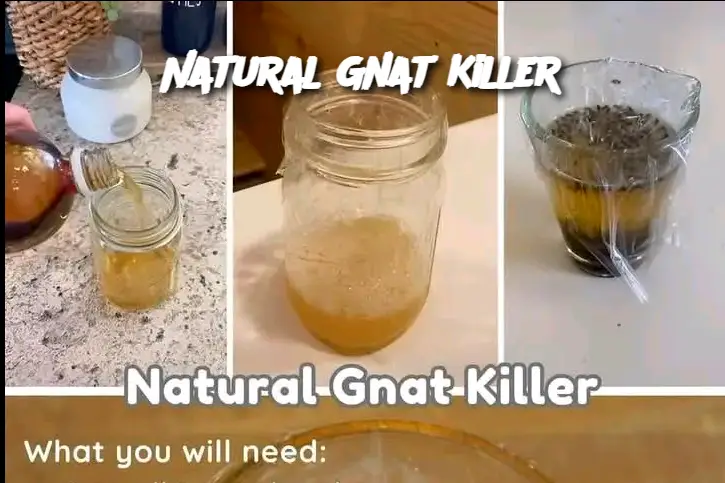- Sticky paper or homemade sticky solutions physically trap gnats when they land or fly too close.
Materials
- Yellow index cards or construction paper (gnats are attracted to the color yellow)
- Petroleum jelly or a sticky substance
- Tape or wooden skewers (to position traps)
Instructions
- Prepare Cards: Cut index cards to your desired size.
- Coat: Spread a thin layer of petroleum jelly on one side of the card.
- Mount: Attach cards near houseplants or hang them near gnat-prone areas. If using skewers, tape the card to the skewer and place it in the soil of your houseplant.
- Replace: Once the card is covered in gnats, discard and replace with a fresh trap.
(Commercially available yellow sticky traps can also be found in garden centers if you prefer a ready-made option.)
4. Hydrogen Peroxide Soil Drench (For Houseplant Gnats)
Why It Works
- Fungus gnats often breed in the moist soil of overwatered houseplants. A diluted hydrogen peroxide drench can kill larvae in the soil.
Ingredients
- 3% hydrogen peroxide (common drugstore type)
- Water
Instructions
- Dilute: Mix 1 part hydrogen peroxide (3%) with 4 parts water.
- Water: Use the solution in place of regular watering for your plant. Slowly pour it over the soil, focusing on areas of gnat infestation.
- Repeat: Apply every few days until adult gnats and larvae are gone. Monitor your plant’s moisture needs to avoid overwatering.
(This method helps kill larvae in the soil but won’t necessarily catch adult gnats flying around.)
5. Essential Oil Spray
Why It Works
- Certain essential oils (like peppermint, eucalyptus, or lemongrass) are believed to repel gnats and other flying insects.
